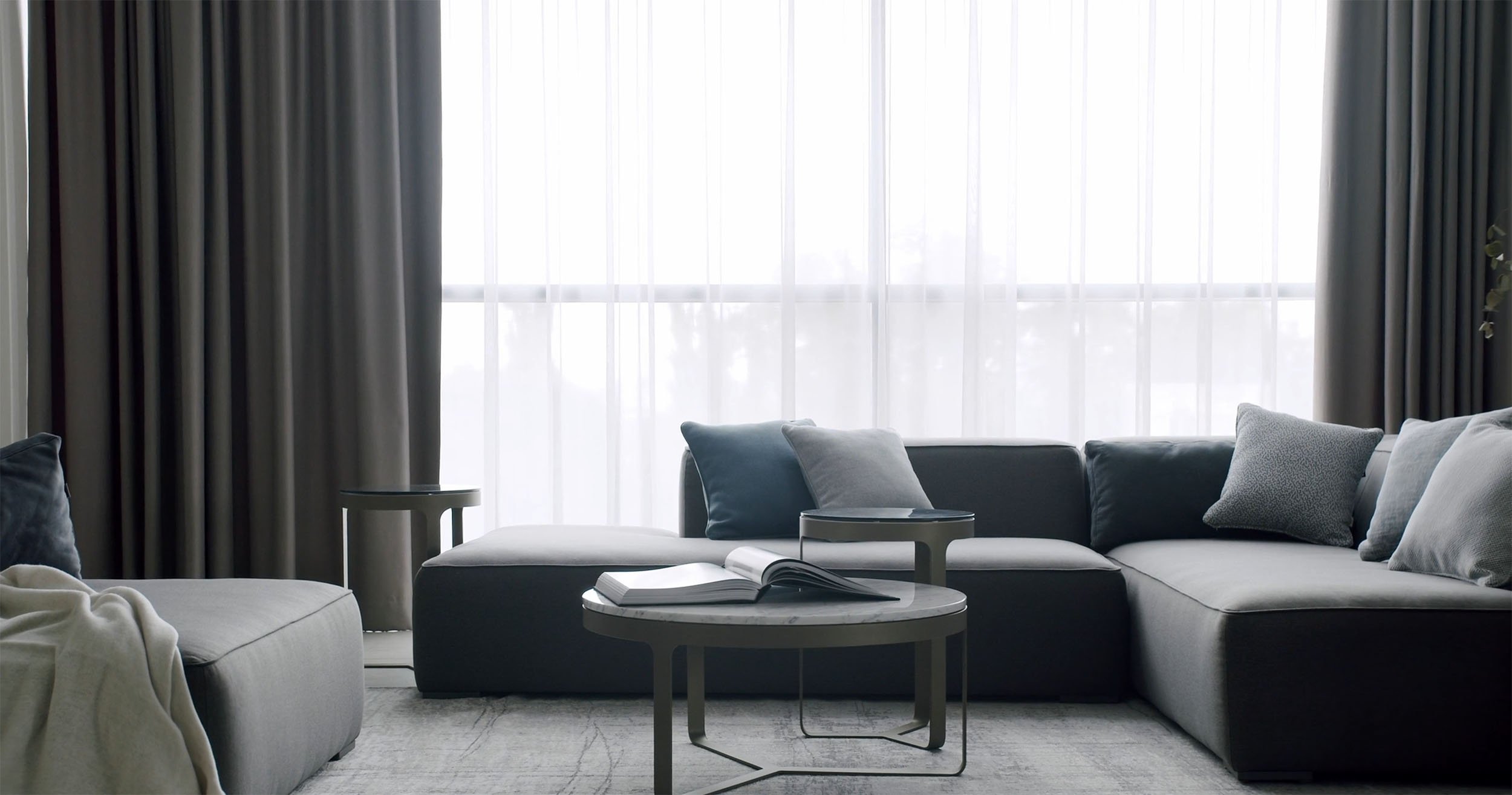
Your expert property partner
Buy, sell & let with confidence, with Caledonia Bureau
What’s your home worth?
Our expert team will provide a comprehensive assessment and discuss your property’s value in detail.
Fill out request validation form or call 0333 241 3333 to schedule your free valuation.
At Caledonia Bureau, we offer free, no-obligation valuations to help you understand the true worth of your property.
With convenient high street locations in Clydebank and Dumbarton, we offer competitive fees and a service that is unbeatable.
Get ahead of the market.
West Dunbartonshire’s largest, quality estate agent.
We believe, there are no short cuts in selling or letting your house, if you do it right you’ll maximise value, its that simple!
We are West Dunbartonshire’s leading quality driven agent of over 40 years with prime High street offices in both Clydebank and Dumbarton, we offer 24/7 call centre availability so nothing gets missed, blended with the very latest digital marketing techniques and systems.
Sell and Let with Confidence use Caledonia Bureau.
We’ve got the perfect solution for your property
-

Looking to buy?
Find your dream home with Caledonia Bureau. With an extensive selection of properties and expert guidance, we make the buying process simple and stress-free. Explore our listings today!
-

Sell with us
Achieve the best price for your property with Caledonia Bureau. Our tailored marketing strategies and experienced team ensure your home gets noticed by the right buyers. Contact us to get started.
-

Properties to Let
Discover a range of rental homes to suit your lifestyle. From cosy apartments to spacious family houses, Caledonia Bureau makes finding your next home easy. View our rental listings now!
-

Landlords
Caledonia Bureau takes the stress out of letting with comprehensive support and expert tenant matching. Let’s discuss your needs!
Real Stories from Real Clients










